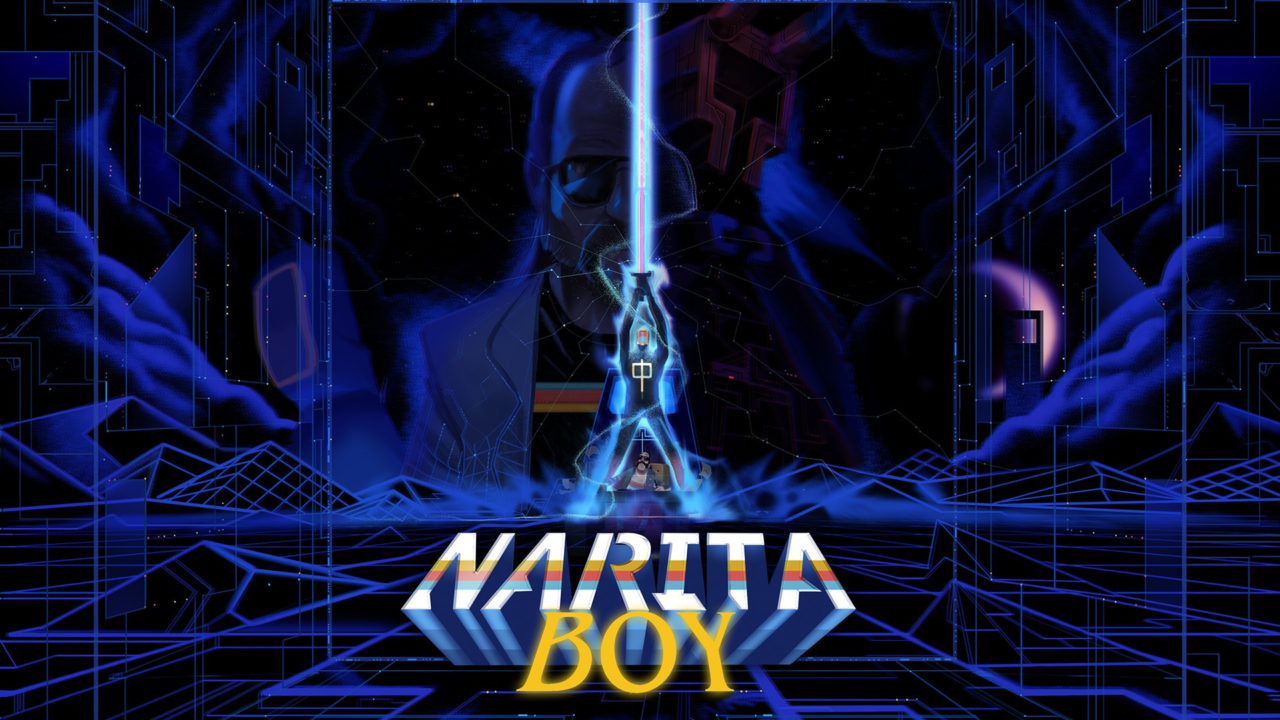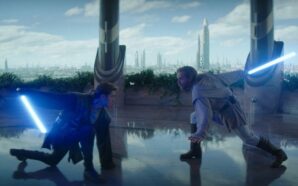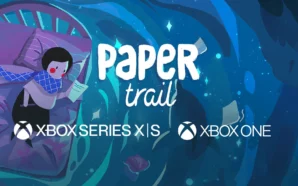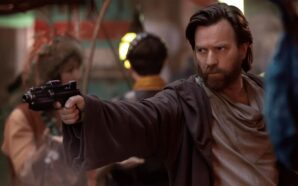NARITA BOY REVIEW (PLAYSTATION 4)
Narita Boy takes place in 1980s Old York (an alternate history to New York, most likely). One night while coding, a programmer is incapacitated by a rogue AI that attacks him through his computer monitor. At the same time, a benevolent AI reaches out to the real world and teleports a boy playing videogames into the Digital Kingdom. This kind and loving AI, Motherboard, explains to the unnamed boy that a rogue program called HIM has found a way to subdue their Creator outside of the Digital Kingdom. The unnamed boy must take on the mantel of Narita Boy and liberate the Creator’s memories so that he can once and for all decode HIM into non existence. This isn’t Narita Boy’s story though – it’s the Creator’s. You play as a voiceless, faceless hero archetype for a reason, and it’s so you don’t get attached to the character you’re controlling. That’s not to say Narita Boy doesn’t have an arc though. The Digital Kingdom perceives you as their saviour, and on your journey you live up to their expectations by unlocking new skills, liberating coded civilians, defeating HIM’s Stallion army and restoring the Creator’s memories.
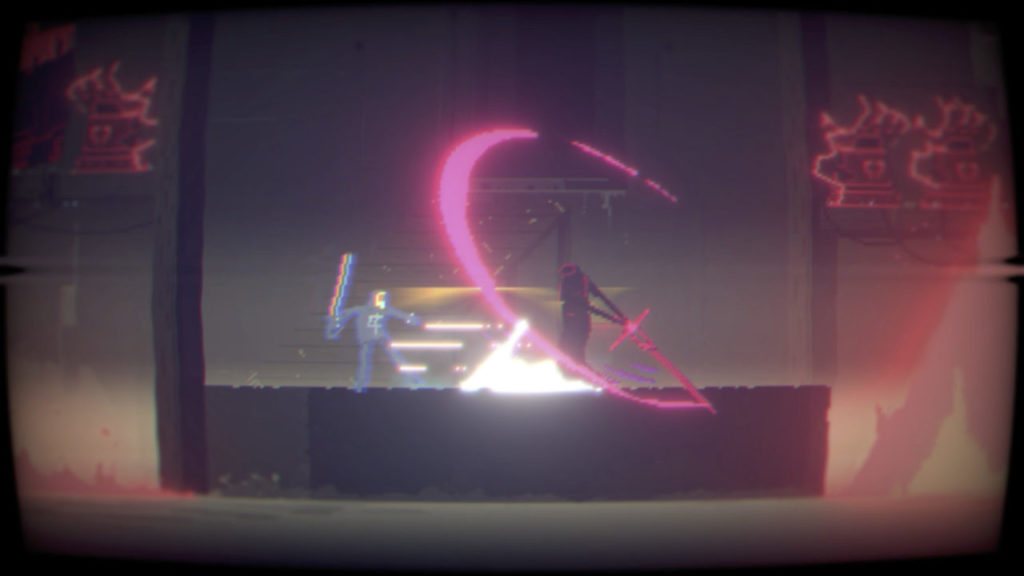
This retro-inspired sidescrolling platformer is light on puzzle solving, heavy on combat, and seeped in storytelling. The puzzles require some lateral thinking as clues for certain puzzles are sewn into the fabric of the digital world but most can be solved by hitting switches to activate pathways to the next location, and collecting floppy disks to unlock new rooms until you inevitably run into a boss or one of the Creator Memory Totems. Much like classic God of War games, you are often locked in to enemy encounters and must obliterate waves of HIM’s acolytes before being allowed to proceed. Narita Boy’s weapon of choice is the Techno-Sword: a weapon forged from the three Trichroma Beams, which are essentially the three pillars of source code that keep the Digital Kingdom intact. If this was an Avengers movie the Techno-Sword would be the Infinity Gauntlet. Narita Boy consistently has momentum and always keeps you moving, and although it felt rigid and formulaic at times it’s hard to hold that against it when it’s so much fun to play.
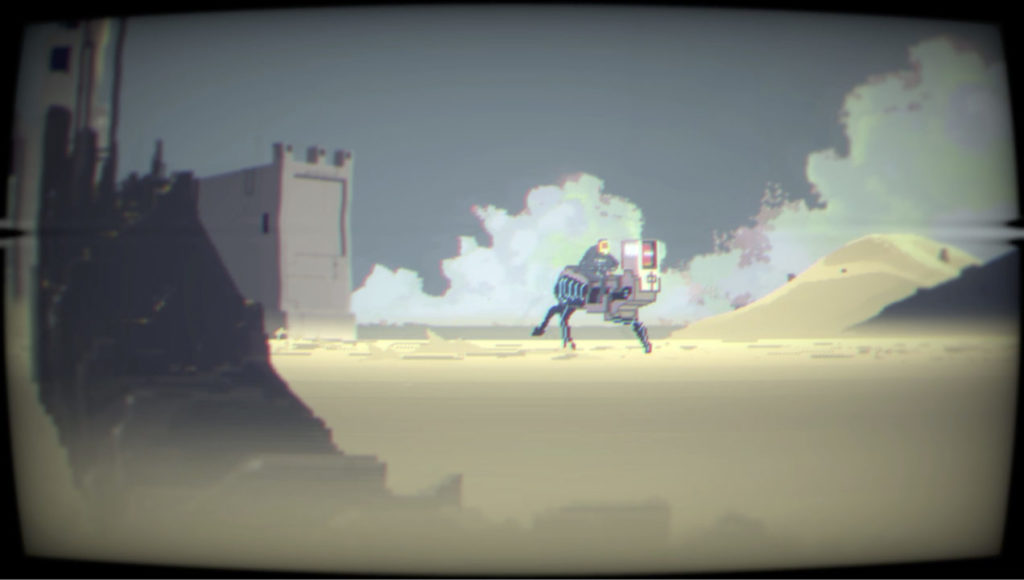
Narita Boy’s plot is thought-provoking and layered, and will far exceed what you might usually expect from a 2D action game of its ilk. Although some aspects of the story are predictable Narita Boy might surprise you a couple of times when it goes in directions you might not have considered. The story is detailed, heavy with emotion, well-written, perfectly delivered – it would even make for an amazing Fantasy Sci-Fi movie because it certainly has the legs for it. Thematically, there’s an emphasis on meditation as a means to connect on a deeper level beyond the physical. In a way, Narita Boy is all about going beyond the physical by using the concept of inhabiting a Tron-like world to explore concepts of spiritualism. To say any more would give up too much of the valuable story that you should discover for yourself.
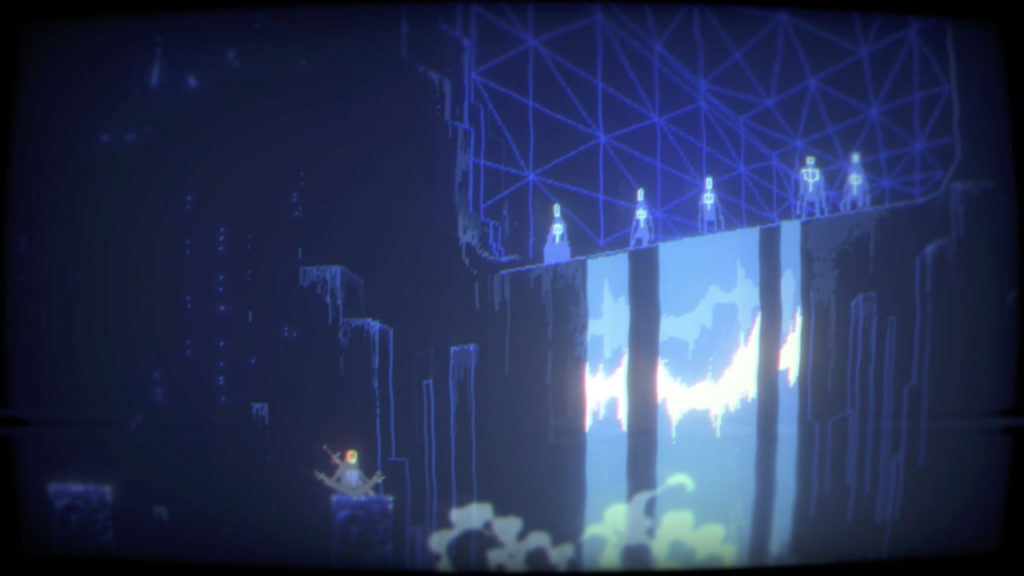
The soundtrack is awesome too. Surprisingly, the soundtrack isn’t as bombastic as one might expect from a game about techno. The music is usually subdued and subtle until you’re confronted by a boss, in which case the tempo increases and the mood shifts to accommodate your new predicament. The sound affects inside the Hall of Memories sound like you’re underwater and perfectly mimics the sound of being trapped inside someone’s head. If you listen hard enough you will hear a faint heartbeat in the background too, which does wonders to establish the atmosphere in the room. The melody within the memories themselves is like listening to a lullaby and it definitely evokes feelings of innocence and nostalgia. The end credits feature a karaoke soundtrack complete with lyrics and an auto-tuned band, and you’ll find it irresistible not to sing along as you appreciate the hard work that has gone into the game.
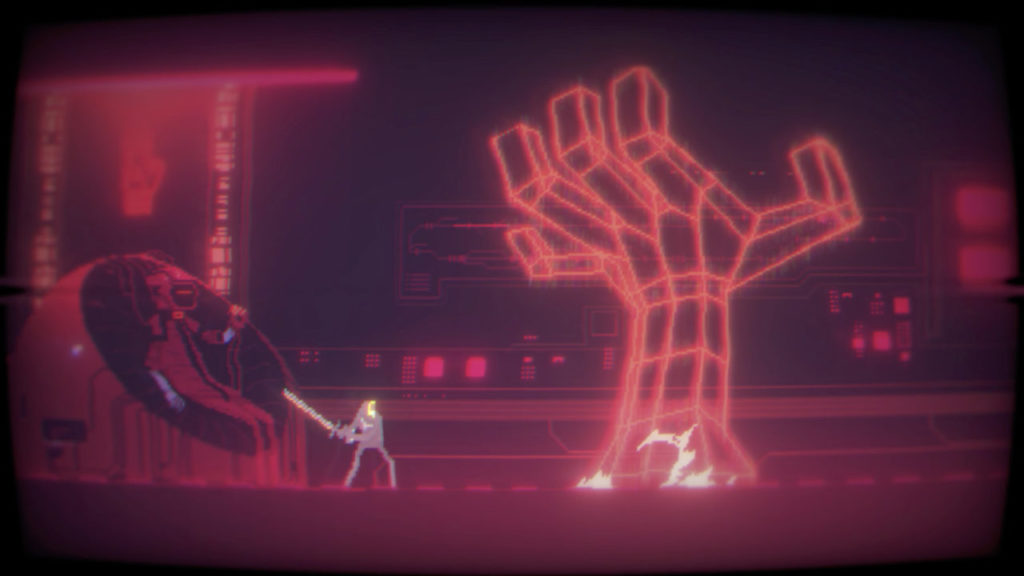
The only problem you will encounter is how floaty the controls can feel at times. The controls are precise for the most part but it can be tricky in areas where you need to make a perfect landing, so don’t be too disappointed if you find yourself slipping off the edges a lot. Although combat can be challenging the game is generous with frequent checkpoints and unlimited respawns, which will evaporate your frustrations if you find platformers and boss encounters aren’t your strong suit. Also, Narita Boy doesn’t lean too hard into the 80s techno aesthetic enough. It could have been more tacky with a constant booming synth soundtrack and colourful pixelated explosions but it instead carves out it’s own rhythm and style, which is nothing to turn your nose up at, it just means it doesn’t pack the same punch that other 80s-inspired games have done in the past.
VERDICT
Should you play it? Yes!
Why… Narita Boy is a perfect example of its genre. It has simple gameplay mechanics and doesn’t punish players for slipping up. It has a deep, enlightening story to discover that’ll leave you salivating for more. The world is colourful and expertly crafted, with a host of characters that deserve saving.
But… Boss encounters can be extremely challenging, and this might be a barrier for some people reaching the end. Narita Boy also doesn’t cultivate that cheesy 80s vibe we’re all familiar with either, which is disappointing.
Reviewed on PlayStation 4
Developer/Publisher: Studio Koba
Playable on: PS4, Xbox One, Switch, Steam, GOG
Released: 30th March, 2021




